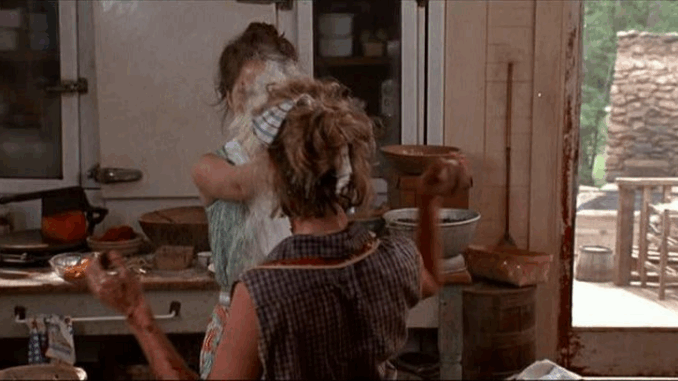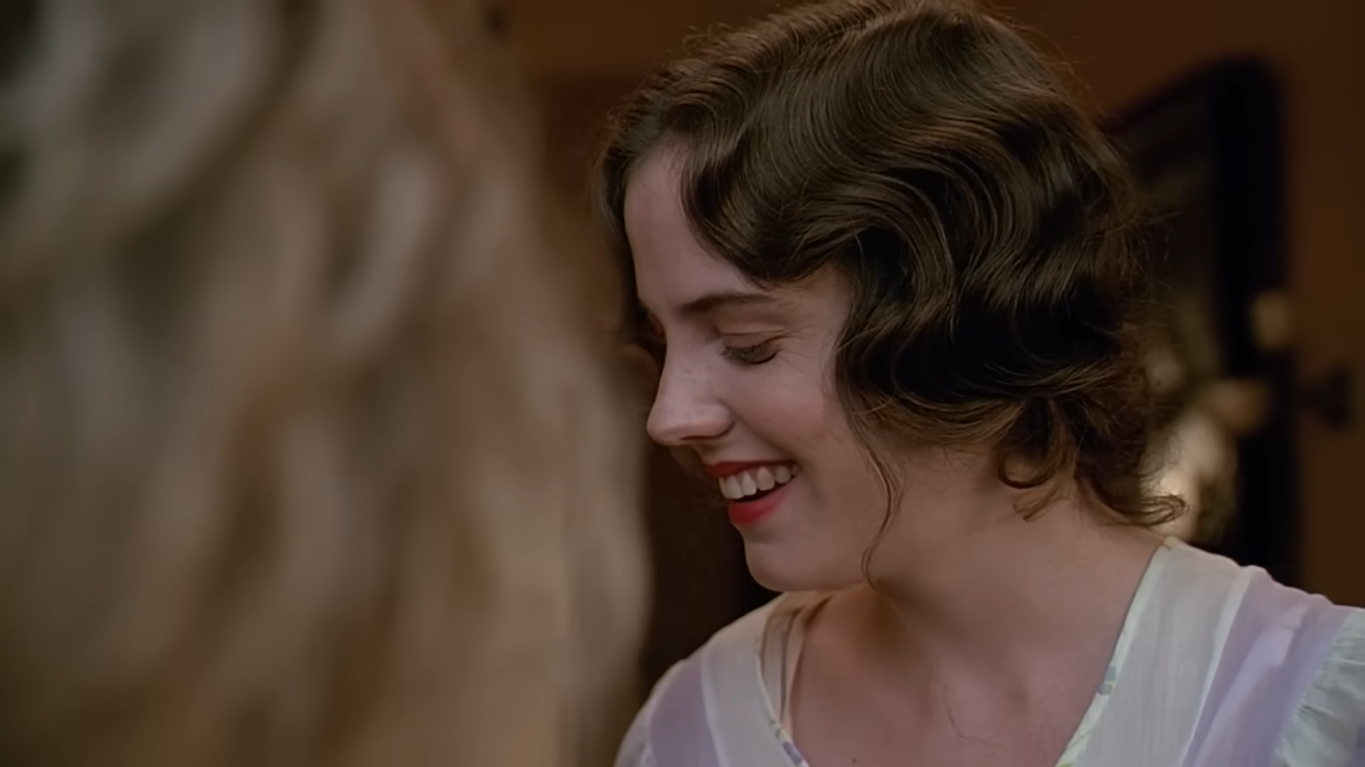
In the warm haze of Fried Green Tomatoes, beyond the laughter and pain, beyond the trains and green tomatoes, there’s something else always present — the land itself. The woods. The river. The buzzing of bees. The heavy Southern air of Whistle Stop. These aren’t just backdrops; they’re characters in their own right. Quiet witnesses to love, rebellion, grief, and rebirth.
Let’s take a closer look at how nature in Fried Green Tomatoes becomes a space for transformation, healing, and freedom — especially for the women at the heart of the story.
🌾 Nature as a Place of Resistance
When Ruth and Idgie retreat into the wild after fleeing Ruth’s abusive husband, they don’t just hide — they reclaim. In the woods and along the riverbank, they:
-
Build a life unbound by convention.
-
Create a sanctuary where love (romantic, platonic, familial) can exist safely.
-
Resist the expectations of a world that says women must stay quiet and submissive.
Nature becomes a refuge, untouched by social rules. Where the world punishes them for their choices, the trees simply let them be.
🐝 The Bees and Idgie’s Untamed Spirit
One of the most visually striking sequences in the film is when Idgie calmly places her hand inside a beehive and pulls out honey without flinching. This moment is more than a party trick — it’s a symbol.
-
The bees represent danger, pain, and sweetness coexisting.
-
Idgie’s fearlessness reflects her refusal to be stung by life anymore.
-
The honey becomes a metaphor for something earned through courage.
In a way, Idgie is a bee herself — wild, sharp, loyal to her hive (Ruth, Sipsey, Buddy Jr.), and productive in unexpected ways.
🌊 The River as Memory and Loss

The river holds deep emotional weight. It’s where:
-
Ruth and Idgie find moments of joy and escape.
-
Life flows forward, even when grief tries to freeze it.
-
Nature mirrors the emotional currents of the characters.
After Ruth’s death, scenes by the river take on a mournful quiet. The water is still. The landscape doesn’t speak — but it grieves.
☀️ Summer Light and Feminine Awakening
There’s something undeniably sensual about the way the film is lit. Golden light filters through porch screens, dances on Ruth’s hair, or glows against Evelyn’s skin as she begins to remember herself.
In Fried Green Tomatoes, sunlight = self-actualization:
-
For Evelyn, it marks the slow thawing of years of invisibility.
-
For Ruth, it offers gentle clarity.
-
For Idgie, it reflects the freedom of not conforming.
Light becomes a mirror of each woman’s inner fire.
🌻 Growth and Decay: Seasons of the Soul
Like any natural space, Whistle Stop goes through cycles:
-
Buddy’s death is a winter — sudden, brutal, empty.
-
Ruth and Idgie’s café years are a spring — fertile, communal, joyful.
-
The town’s abandonment is an autumn — nostalgic, fading, bittersweet.
The natural world echoes the emotional seasons of the film. And yet, even in decay, nature offers one quiet promise: life will come back.
🛤️ A Living Landscape of Feminine Survival
What makes Fried Green Tomatoes so emotionally powerful isn’t just the story of women surviving. It’s that they survive with nature, not against it. Their strength doesn’t come from dominating — it comes from listening, connecting, and becoming part of something older and wilder than society itself.
The land becomes their:
-
Witness.
-
Confidant.
-
Co-conspirator.
In a world full of noise and judgment, nature offers stillness and truth.
